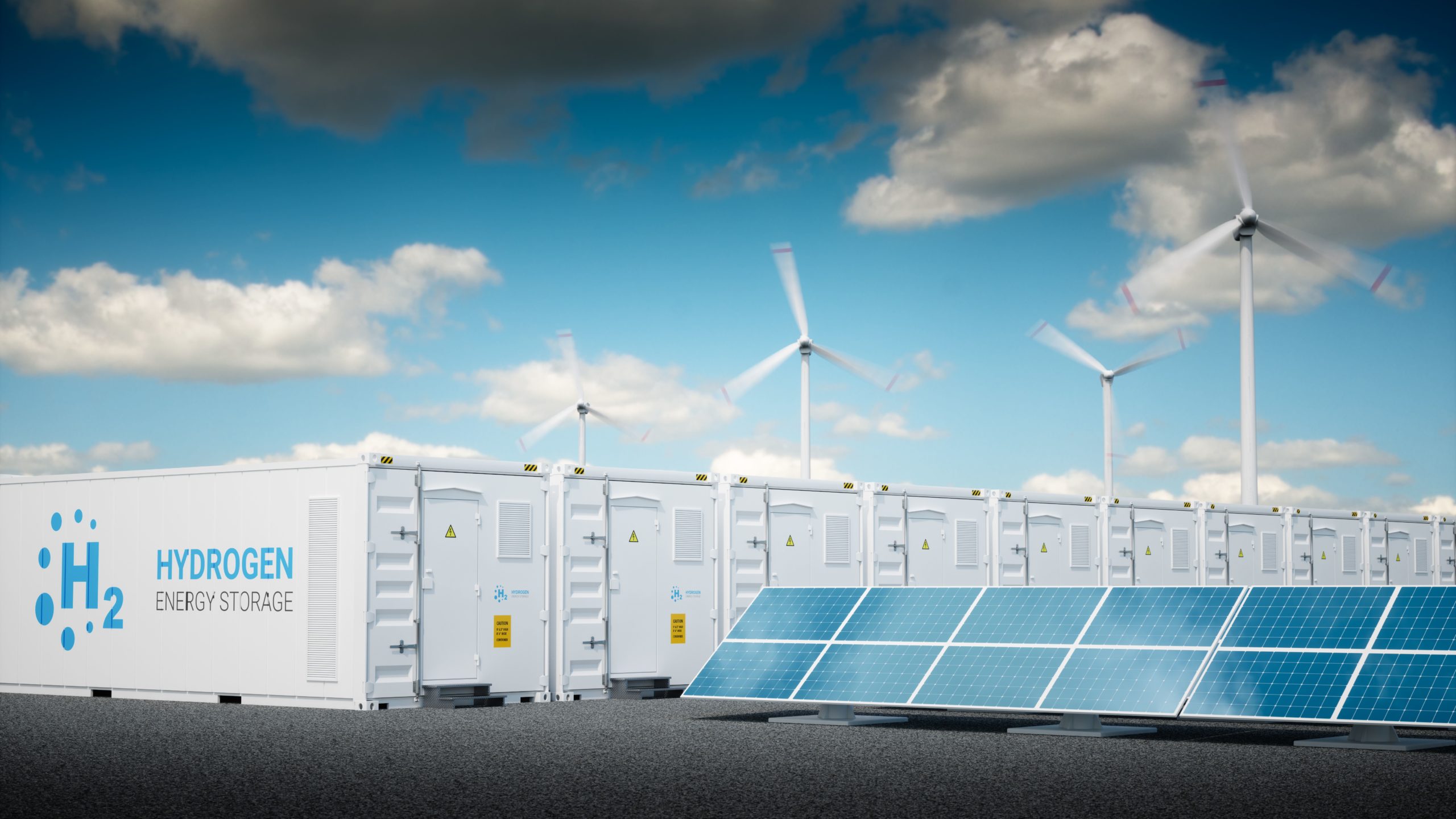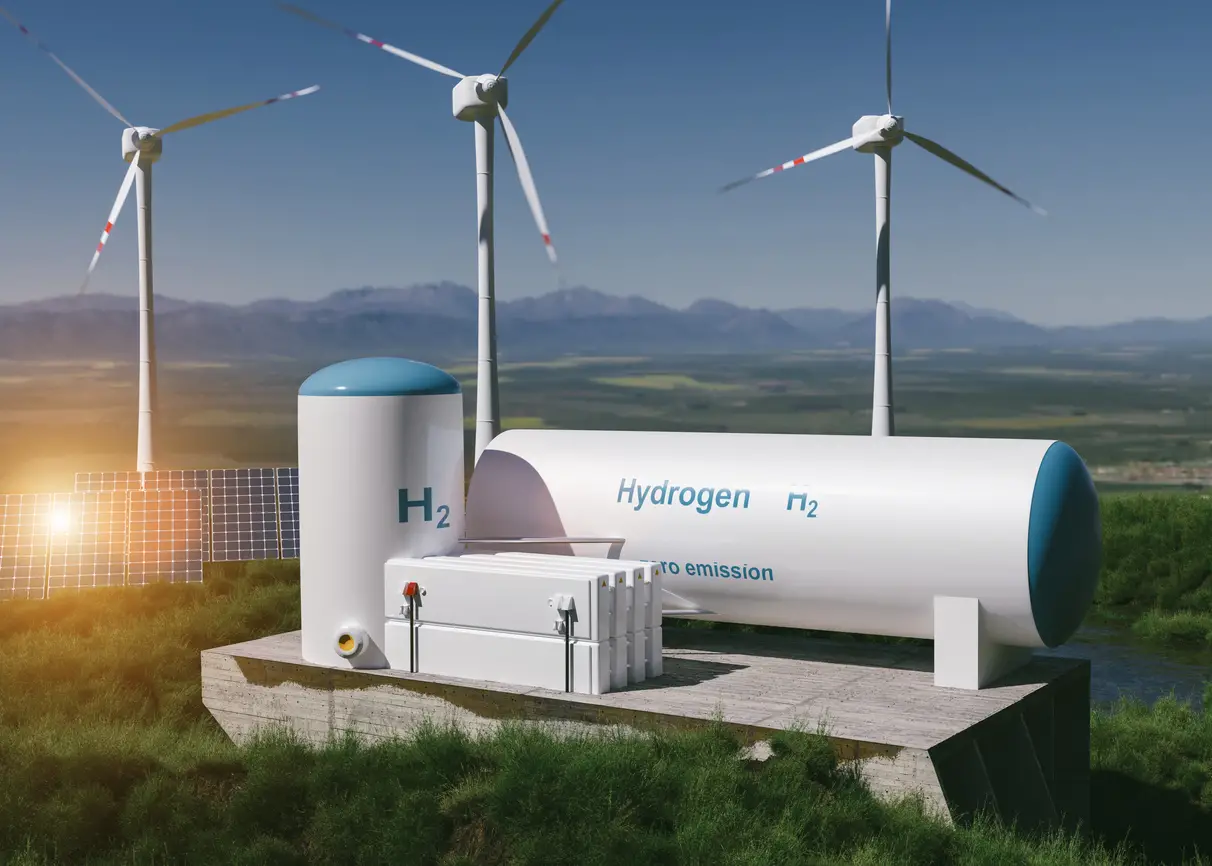Hydrogen is a promising fuel for the future due to its many potential benefits. It is a clean-burning fuel that produces only water when it is burned, making it a potentially attractive alternative to fossil fuels that produce greenhouse gases when burned. In addition, hydrogen has a high energy content and can power many vehicles and equipment, including cars, buses, trains, and aircraft.
Hydrogen can also store excess electricity from renewable energy sources, such as solar and wind power. When these sources produce more electricity than is needed, the excess electricity can be used to produce hydrogen through electrolysis.
The hydrogen can then be stored and used to generate electricity, when needed, through a process called fuel cell power generation. This can help balance the intermittent nature of renewable energy sources and make them more practical for widespread use.
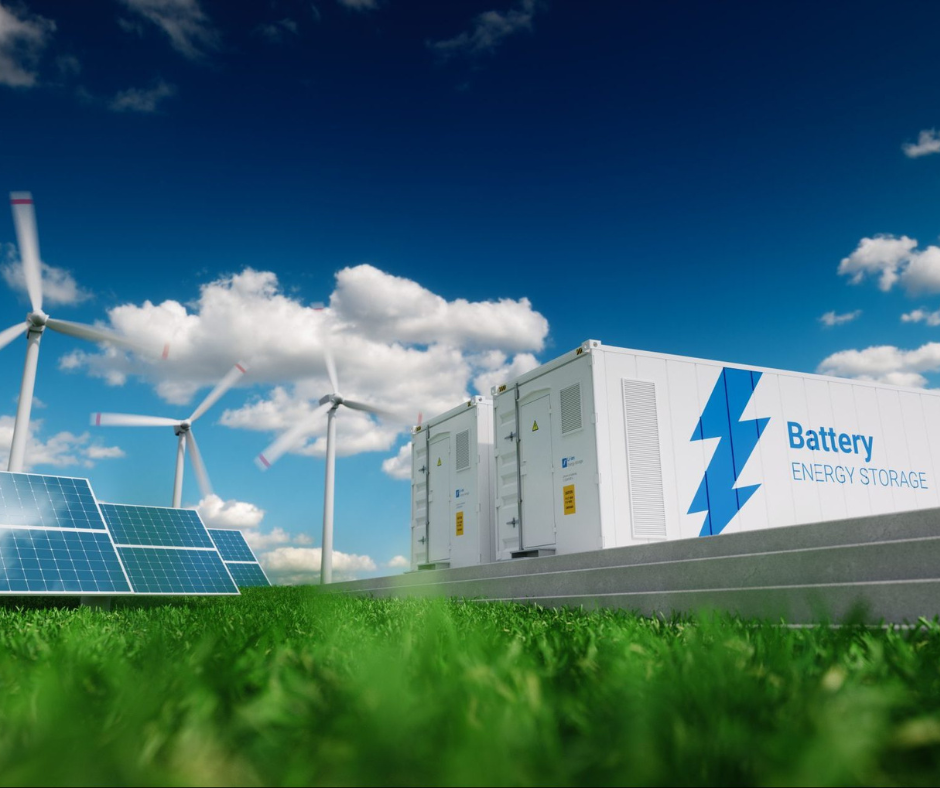
However, there are also challenges to using hydrogen as a fuel. Hydrogen is difficult to store and transport, as it is a gas at room temperature and pressure. It must be stored and transported at high pressure or in a liquid form, which adds complexity and cost. In addition, the production of hydrogen from fossil fuels can produce greenhouse gases as a byproduct, which negates some of the environmental benefits of using hydrogen as a fuel.
How is Hydrogen Produced?
There are several methods for producing hydrogen:
- Steam methane reforming (SMR)
- Electrolysis
- Gasification
- Photobiological hydrogen production
- Thermal decomposition
Using a device to split seawater to produce hydrogen directly is possible. This process is known as seawater electrolysis. It involves using an electrolysis cell to apply an electrical current to seawater, which causes the water to break down into hydrogen and oxygen gases.
A New Chinese Device
A team of researchers in China has made a device that can split salty seawater into hydrogen and oxygen. The device, an electrolyzer for seawater that uses a membrane, helps solve the problems of side reactions and corrosion that come with traditional methods.
Seawater contains a large amount of dissolved salt, making it difficult to use in traditional electrolysis processes. However, researchers in China have developed a new type of electrolysis cell that can selectively split the water molecules and produce hydrogen gas while simultaneously removing the salt.
The research conducted by the group that was y Zongping Shao, a professor of chemical engineering at China’s Nanjing Tech University, was published in the journal Nature, and the researchers claimed that their model “ran for over 3,200 hours under practical application conditions without failure.”
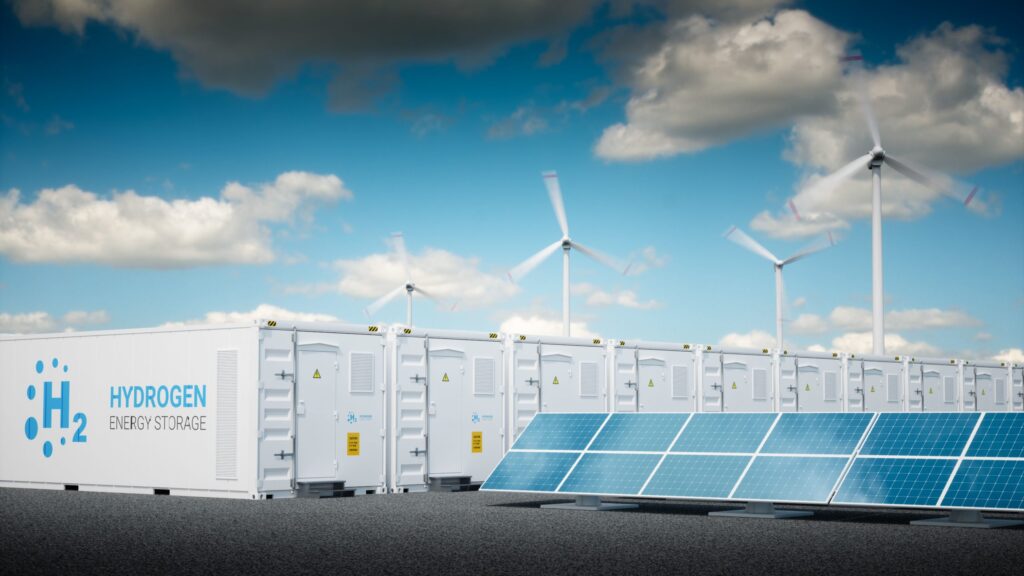
Difficulties Encountered On The Second Stage
On December 14, at around 3:30 in the morning Eastern Standard Time, the Zhuque-2 methane-liquid oxygen rocket launched from facilities that had just been completed at the national Jiuquan Satellite Launch Center in the Gobi Desert.
Initially, it appeared that everything was going according to plan because there was a video of the rocket taking off into the sky, followed by the white exhaust from its combustion chamber. However, footage accidentally shared online reveals that the rocket’s second stage failed while the main engines of both the first and second stages operated as expected.
A malfunction in the rocket’s third stage prevented the Beijing-based company’s Zhuque-1 vehicle from entering space many years ago.
China’s space agency has not yet made a public statement about this matter. However, the Weibo account belonging to the corporation has been used to publish a statement.
Why Traditional Methods Are Not Sustainable
Most hydrogen made today comes from fossil fuels, which can add a lot to the carbon footprint. “Electrochemical saline water electrolysis using renewable energy as input is a highly desirable and sustainable method for mass production of green hydrogen,” said a press release.
But there is something wrong. Salt water’s properties cause electrodes used in different systems to rust, often making them useless. The use of polyanion coatings to stop corrosion by chloride ions or highly selective electrocatalysts has not helped enough for practical uses.
“A desalination process can solve the problem, but it needs more energy, which makes it less attractive from an economic point of view.” Desalination solutions are also less flexible because the equipment used is so big.
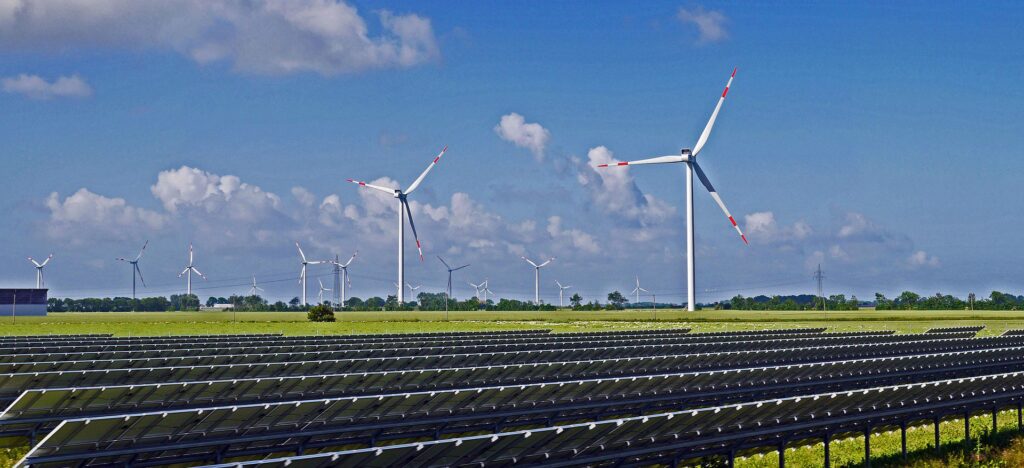
The New Way Proposed
Typically, an electrolyzer will consist of two electrodes covered in catalysts, and a membrane will be used to separate the hydrogen and oxygen produced throughout the process. However, because the process results in the generation of extremely corrosive chlorine gas, the rate of catalysts and electrodes deteriorates accelerated. In addition, magnesium and calcium ions that are present in seawater have the potential to obstruct the membranes as well.
According to what Shao said in an interview with IEEE Spectrum, their method “realises efficient, size-flexible, and scalable direct seawater electrolysis in a manner comparable to freshwater splitting without a substantial increase in operation cost.”
The electrodes are dipped in a potassium hydroxide electrolyte solution that is highly concentrated by the team, and a porous membrane assists in separating the electrolyte solution from the surrounding seawater. In addition, fluorine is present in the membrane, which prevents liquid water from passing through but allows water vapor to do so.
During electrolysis, the water in the electrolyte solution is separated into its parts. Because of this, the electrolyte and the seawater evaporate, causing EMG to evaporate. At the same time, the water is transformed into liquid water after passing through the membrane into the electrolyte. This replenishes the stock for the next cycle.
Chinese Research and Advancements
China devotes an enormous amount of resources to research, technological progress, and product creation, all of which contribute to the country’s major modernization and position it as a leading contender in the modern industries that are currently in existence. China’s energy projects are one of the most significant advancements of the country, and they are currently developing a “Nuclear Island” for their eventual deployment.
There have been significant advancements in the country in east Asia focused on the country’s technological advancement, which is seeing rapid expansion.
Another well-known enterprise that originated in Beijing is the city’s emphasis on developing its aviation and aerospace industries. As part of this initiative, Beijing adopted an older technique known as the “ski jump” for hypersonic space travel. Even though this research is still using 1/80 model planes in its current research, it is one promising technology that, once completed, might deploy as fast as seven times the speed of sound.

Wrapping Up
This technology’s development can greatly increase the availability of hydrogen as a fuel source, as seawater is abundant and widely available. Additionally, the use of hydrogen as a fuel has the potential to significantly reduce greenhouse gas emissions, as it does not produce any carbon dioxide when it is burned. However, some challenges still need to be addressed before this technology can be widely deployed, including the cost and efficiency of the process.
Researchers from China have demonstrated that their newly developed machine can successfully manufacture hydrogen by separating it from seawater, which is recognized as one of the resources that can be found in the greatest abundance worldwide.
The researchers from Nanjing Tech University have accomplished a task that has not been accomplished before by developing a device capable of delivering this raw material from a huge source. This is a first-of-its-kind achievement.

